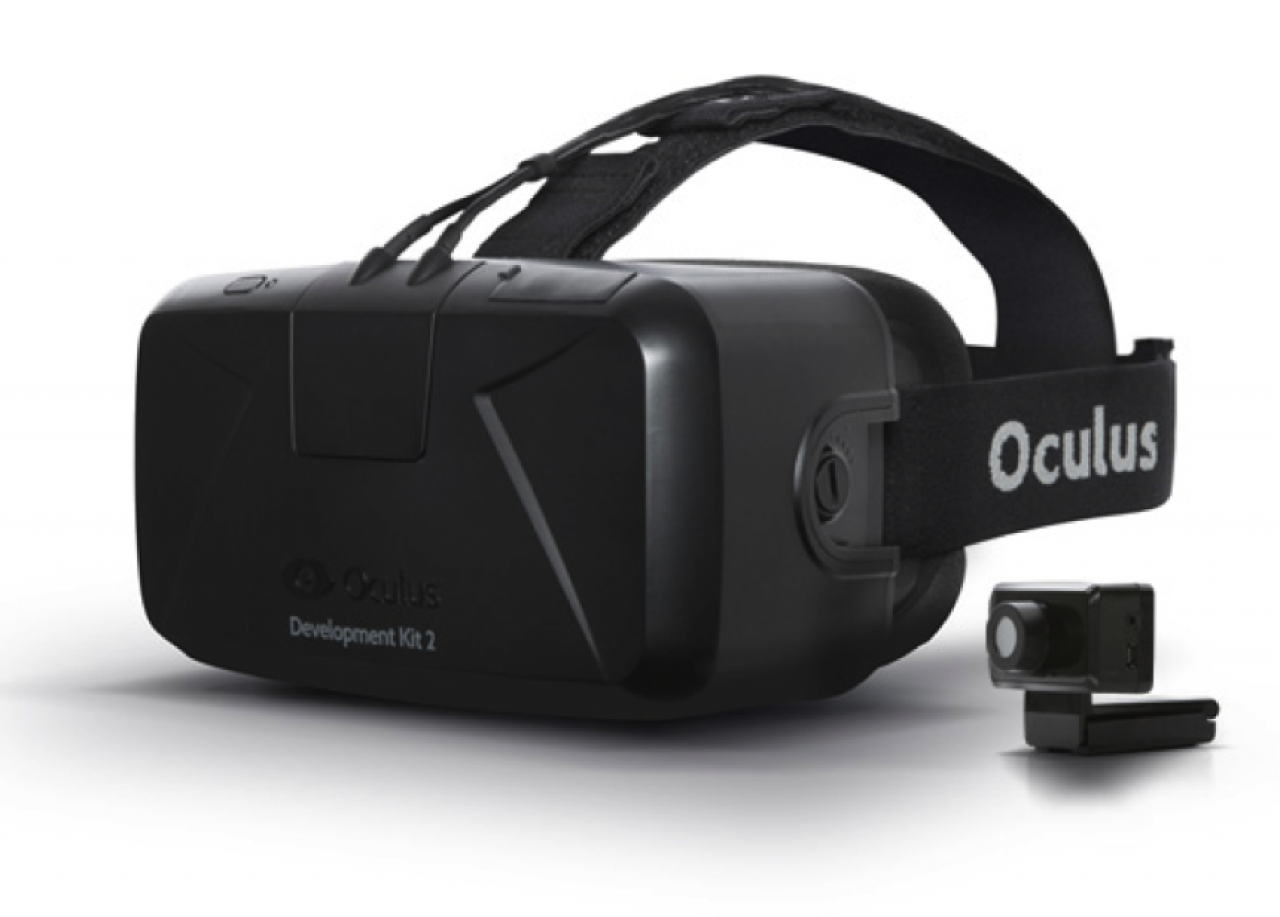What Is Oculus Rift?
You may have heard the term Oculus Rift recently. The biggest reason is that the product has been in the news: Facebook bought the company on March 25, 2014 for two billion dollars. Why? What tech gadget could possibly be worth so much?
You may have heard the term Oculus Rift recently. The biggest reason is that the product has been in the news: Facebook bought the company on March 25, 2014 for two billion dollars. Why? What tech gadget could possibly be worth so much?
Oculus Rift is a virtual reality headset. Basically, it consists of a pair of goggles that, when you put them on, help you feel like you’re in a virtual world—a simulation that appears life-like. By simply moving your head around you can look around to see and experience a three-dimensional world.
The Oculus Rift has been in development since early 2009. Palmer Luckey, the founder of the Oculus VR Company, is only 21 years old; when he was only 16, he created his first prototype in his garage. His dream was to play video games in simulated 3D worlds. Not only is his dream becoming a reality—it’s morphing into much more the he original imagined.
Gamers—avid video game hobbyists—are interested in the Oculus Rift because it makes it possible for a player to get truly engulfed in the video game experience. They have been looking forward to its release with anticipation. Critics of the device complain of the possibility of a virtual world leading to sensory overload: How can you tell what’s real and what’s not? (Click here to watch this funny video of someone very scared when immersed into a virtual world riding a rollercoaster.)
Now, though, those avid gamers are outraged that Facebook purchased the company. Some thought Facebook would ruin the product, turning it into a virtual headset to just live in the Facebook virtual world and using it for what they consider cheesy Facebook games like Farmville. Which in the “true gamers” eyes would be a complete waste of the product. After being purchased by Facebook, Oculus VR came out with a strong statement saying basically that they would not let that happen. They claim they would use Facebook’s backing to create a better and more affordable headset. If that’s the case, it would be great news for everyone.
The Oculus Rift connects to a computer, mobile device, or gaming console via a cable. The Oculus Rift offers an OLED display with 1080 HD per eye—that’s the same visual quality as a high definition, flat screen TV. It does give you a full 180 degree view. Click here for a complete list of specifications. A number of existent virtual reality headsets have problems causing motion sickness and, after multiple uses, the sense of being inside the virtual world can wear off. The Oculus Rift claims to have fixed those problems through improved technology.
The device is available now as a development kit called the DK2, priced around $350, allowing game developers to use and apply the technology in the games they create. Consumer units are expected to be available in the near future. Currently, there are a lot of titles that can employ the Oculus Rift into gameplay: iRacing, Half Life 2, Team Fortress 2 and Hawken. Most games that support the Rift are PC-based; here is a more complete list.
Even if you don’t consider yourself a gamer, the Oculus Rift, and virtual reality devices generally, could potentially change our consumption of media overall. Think about what a virtual reality device could add to your movie experience. Imagine watching a movie where you're inside a 3D movie with a 360-degree view. Imagine watching a movie like How to Train Your Dragon—feeling almost like you’re flying around on the back of a dragon, surrounded by breathtaking views; feeling just about everything but the wind on your face.
A movie called Zero Point is currently in production; it’s a film meant to be watched—experienced—specifically with the Oculus Rift. Though the view in the trailer, which you can watch here, is limited to 180-degrees, you can still get a sense of how virtual reality could change the entertainment industry.
There are practical applications for virtual reality as well. The military is already using it train soldiers and tank drivers. Think of flight simulators for pilots, or surgeons practicing surgery. Virtual reality could be used to help treat people with phobias or PTSD. You could consult your doctor face to face by just putting on a pair of goggles. When you think about all of the practical applications, virtual reality is truly an amazing technology that can only improve with time. What other ways can you imagine virtual reality being a useful technology? Let us know by leaving a comment below.

 Member Connect
Member Connect